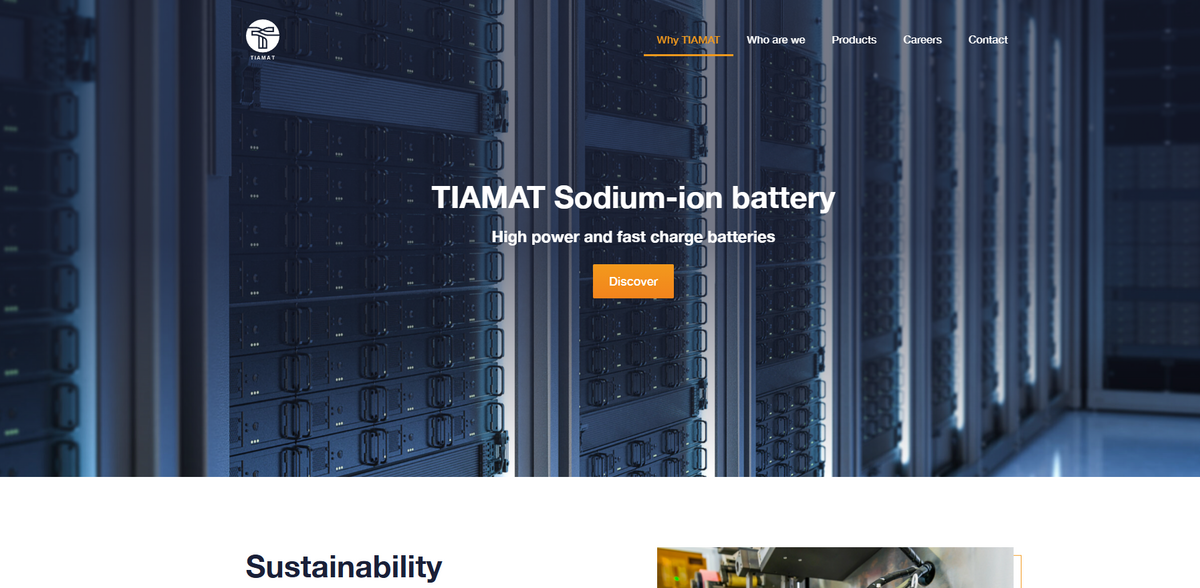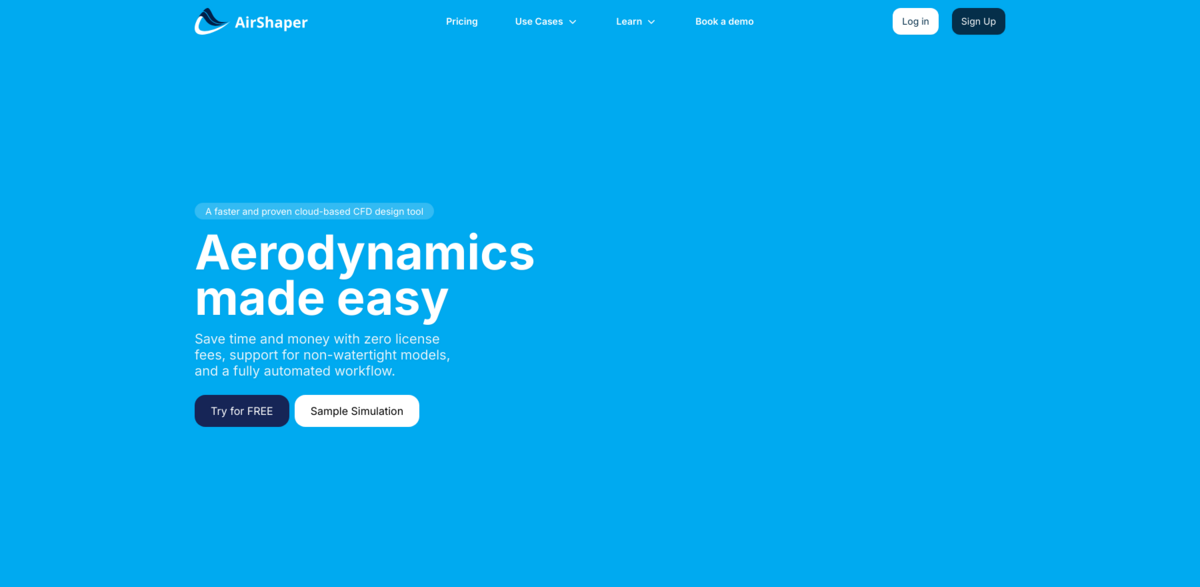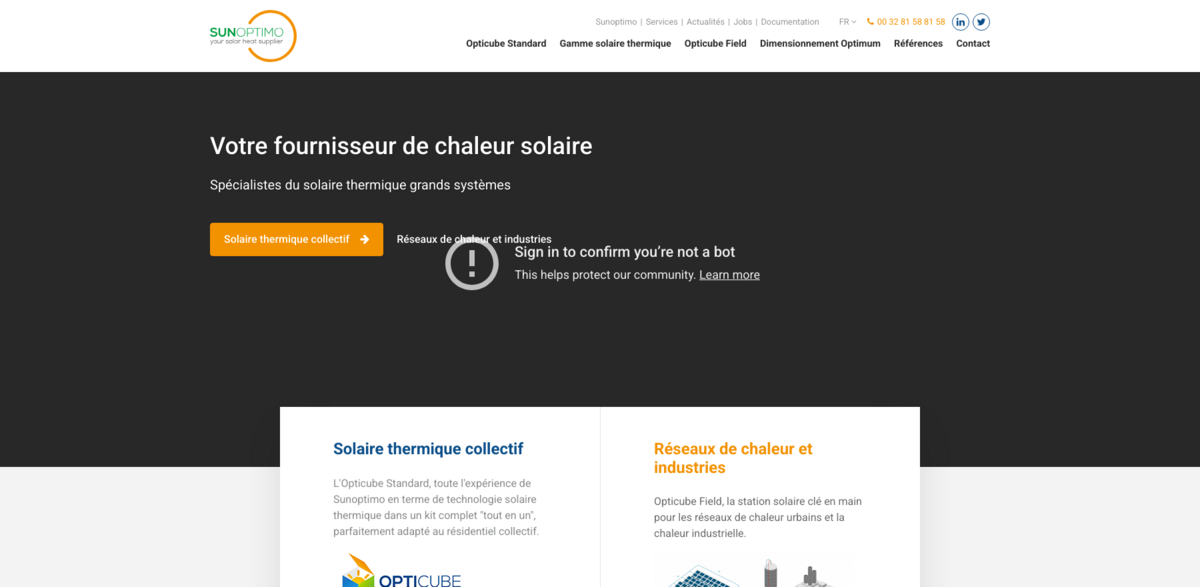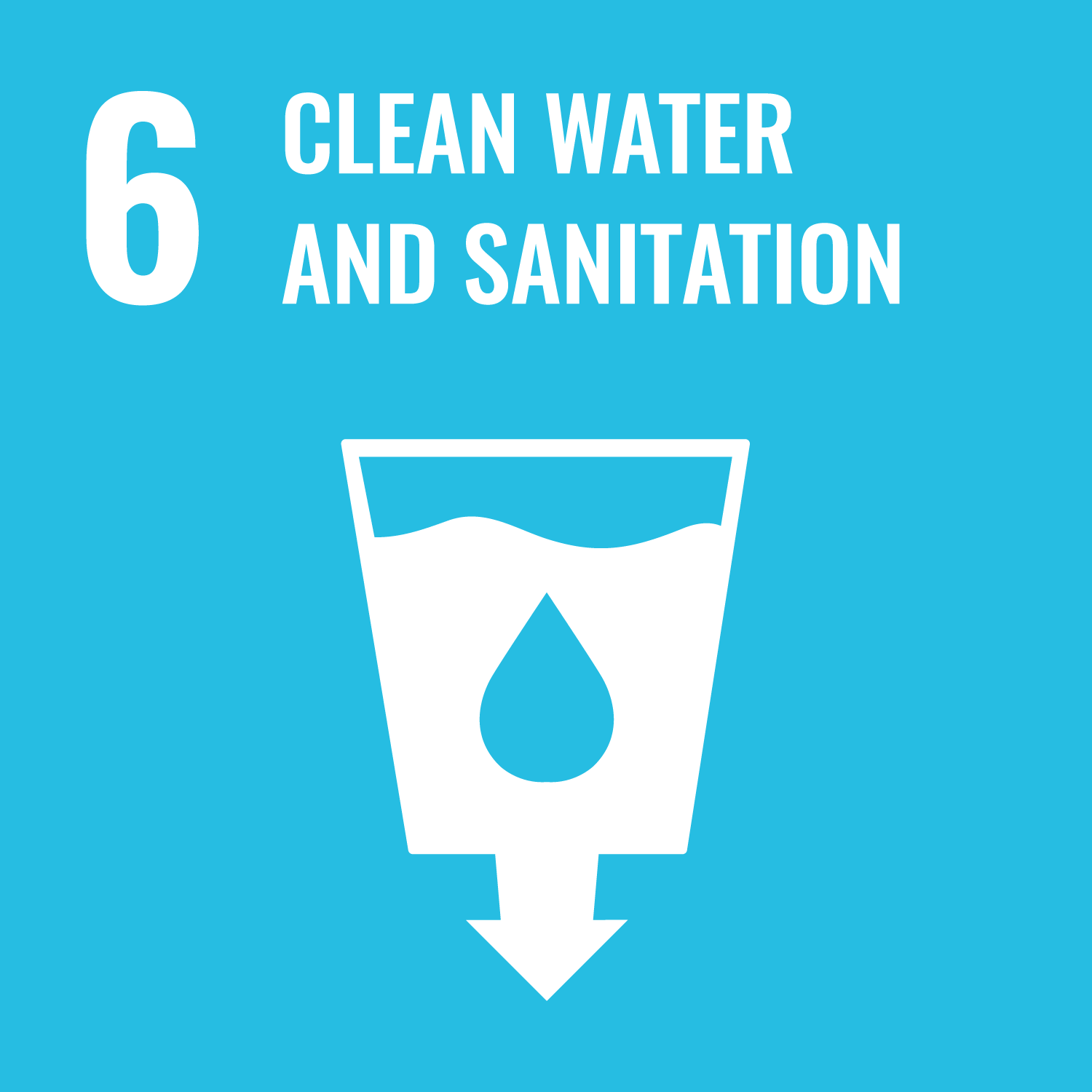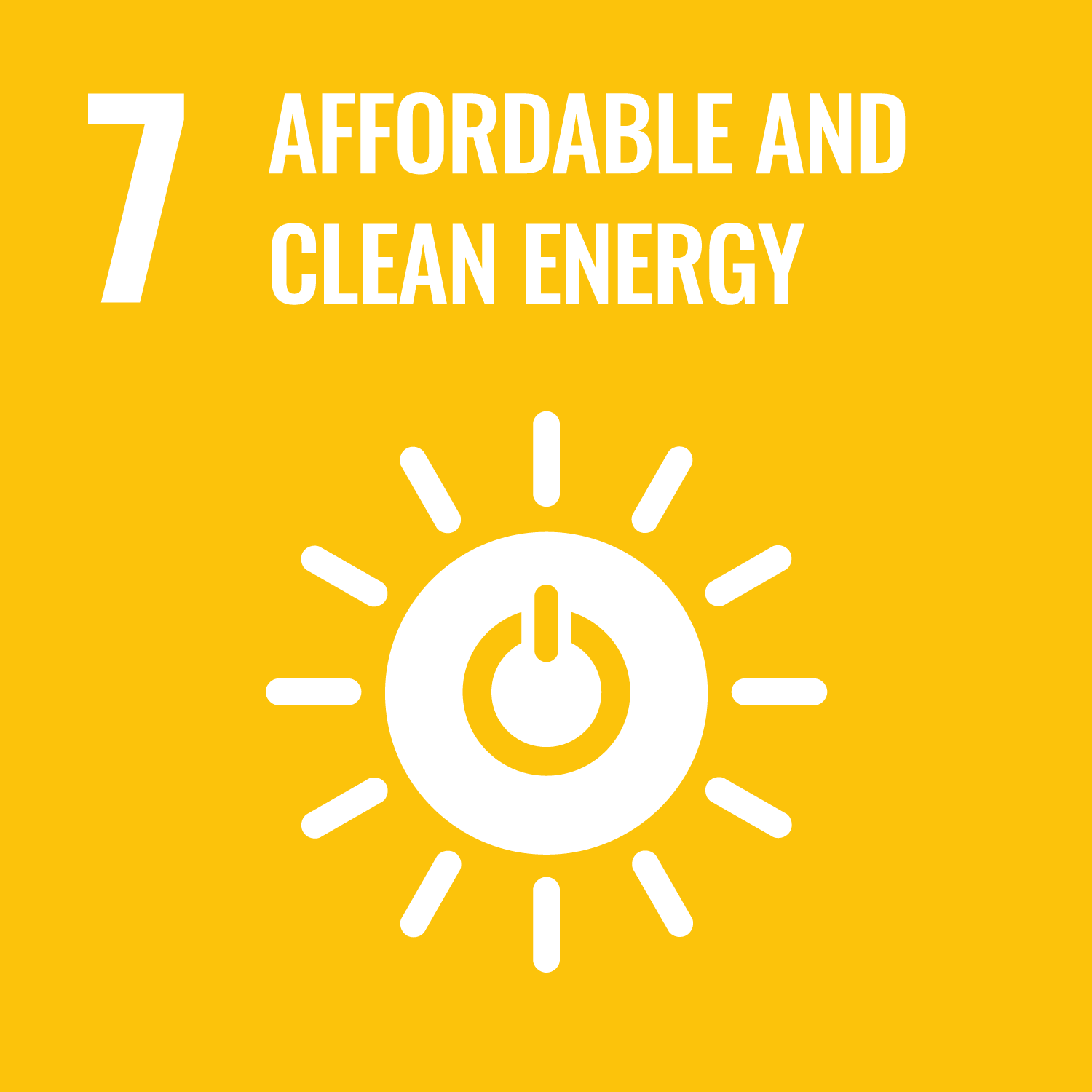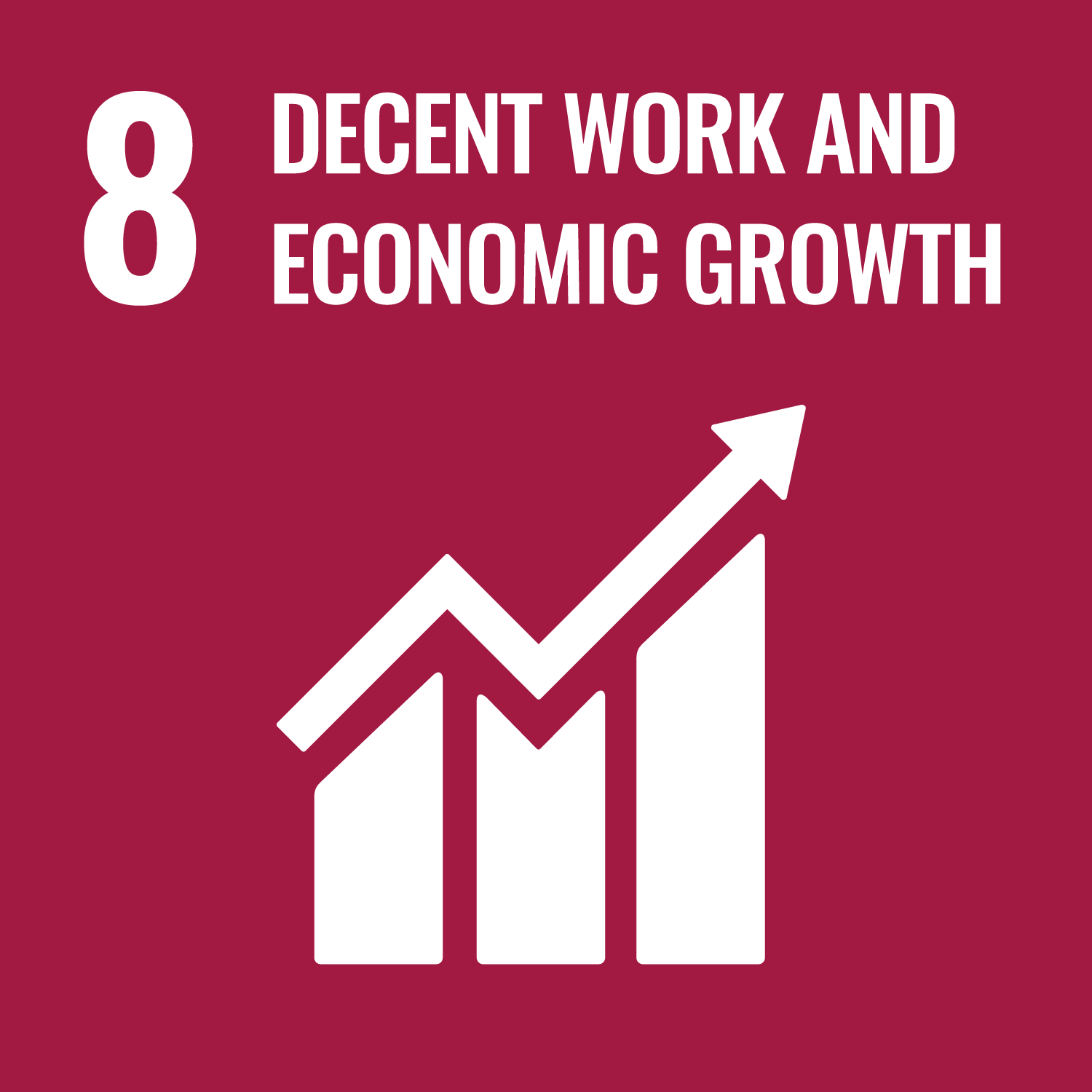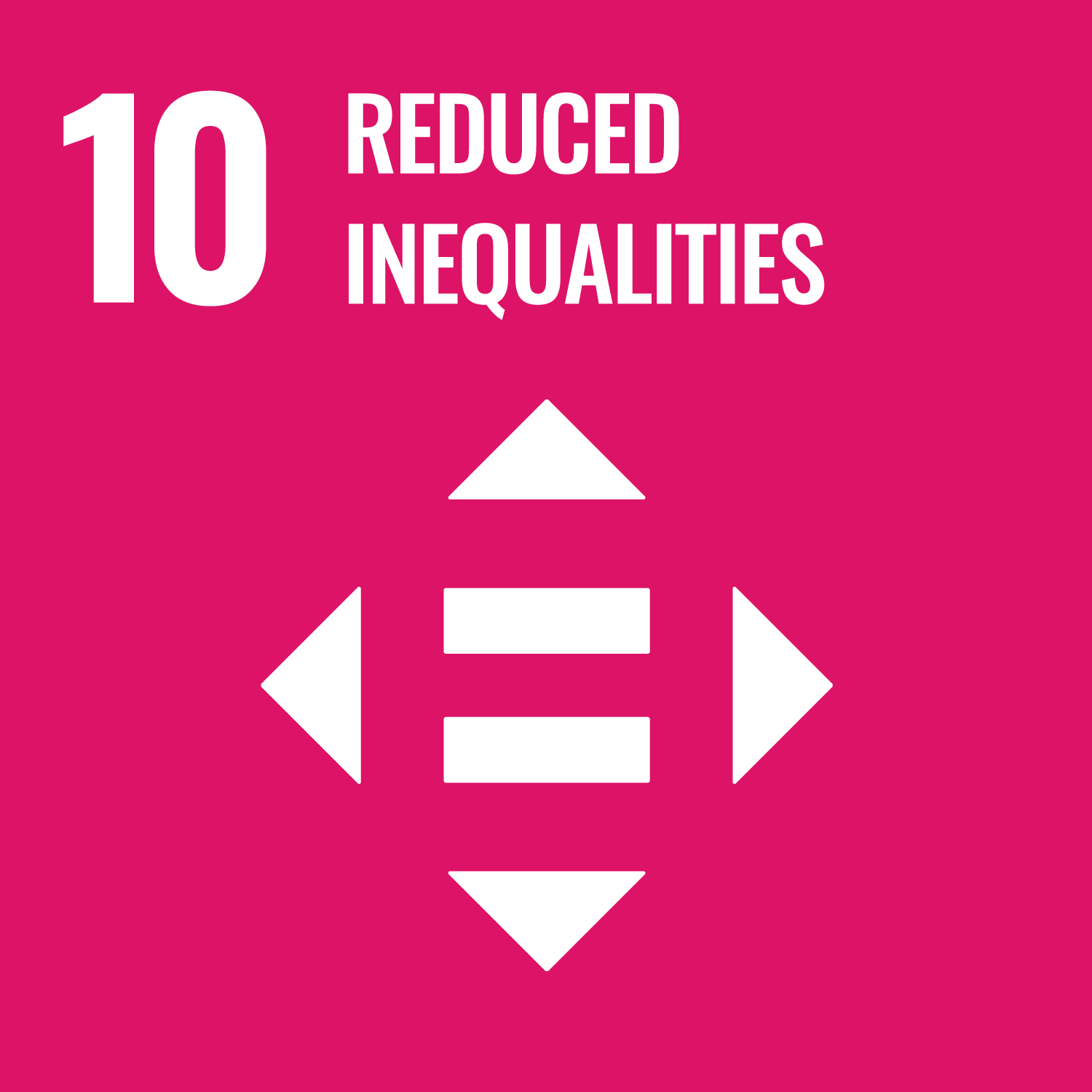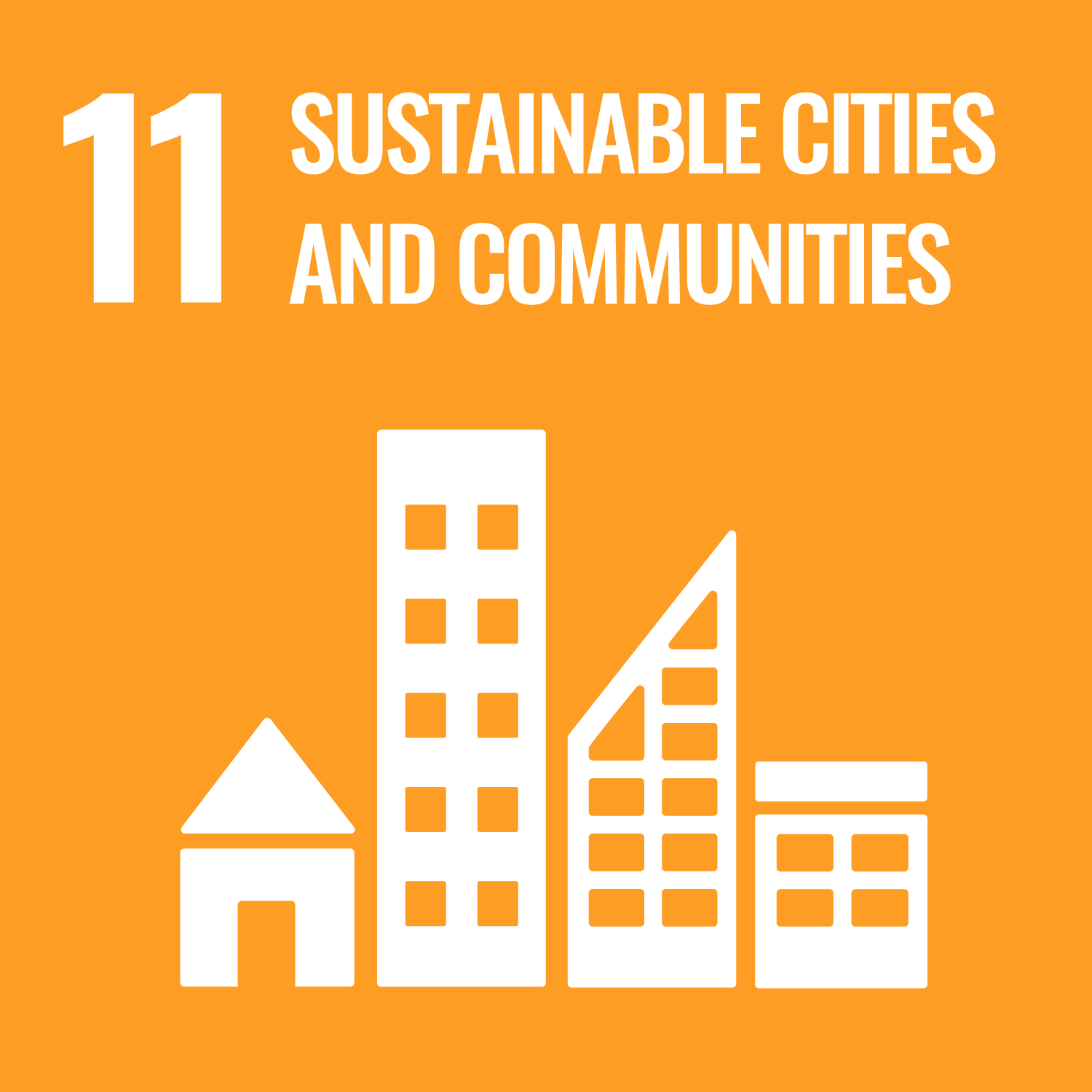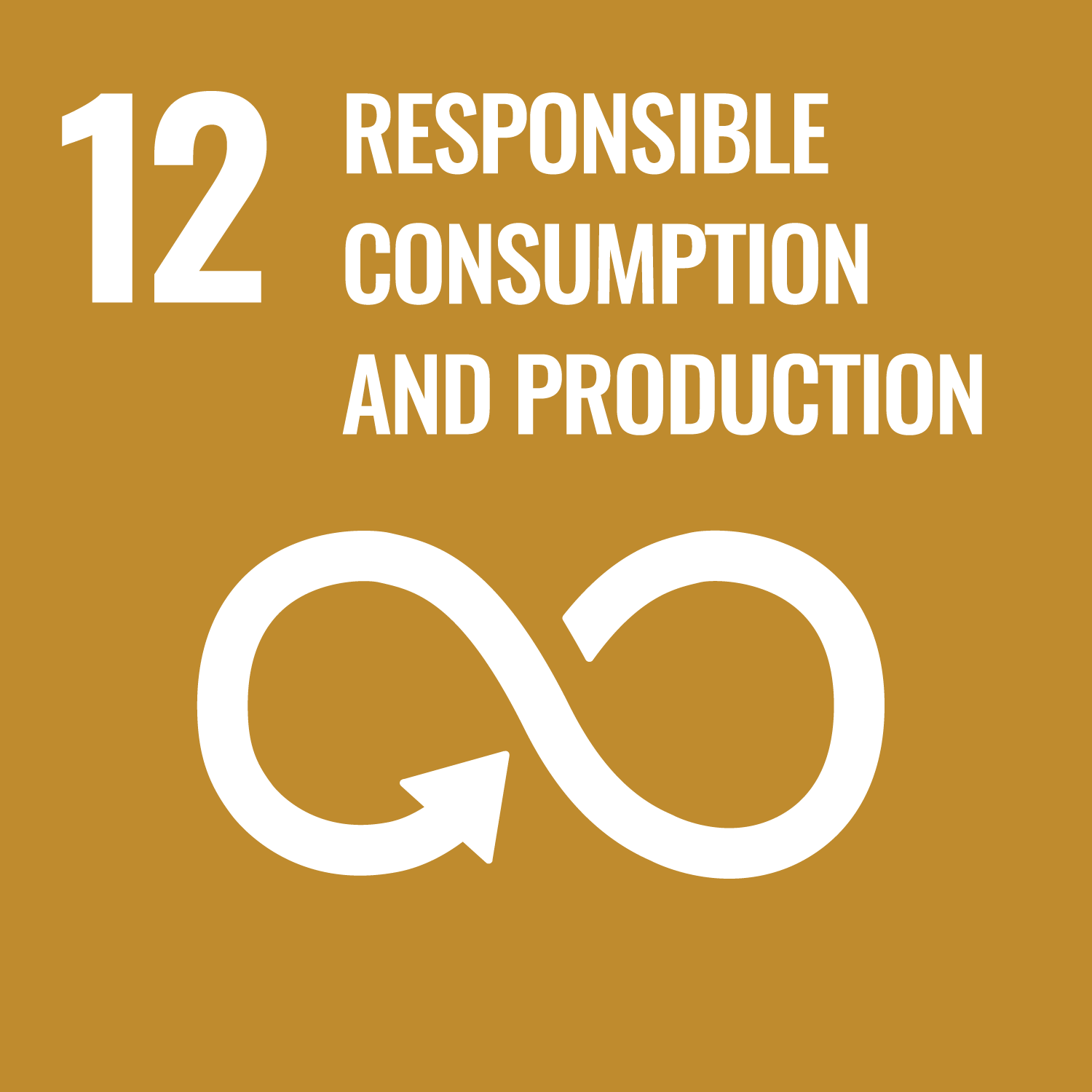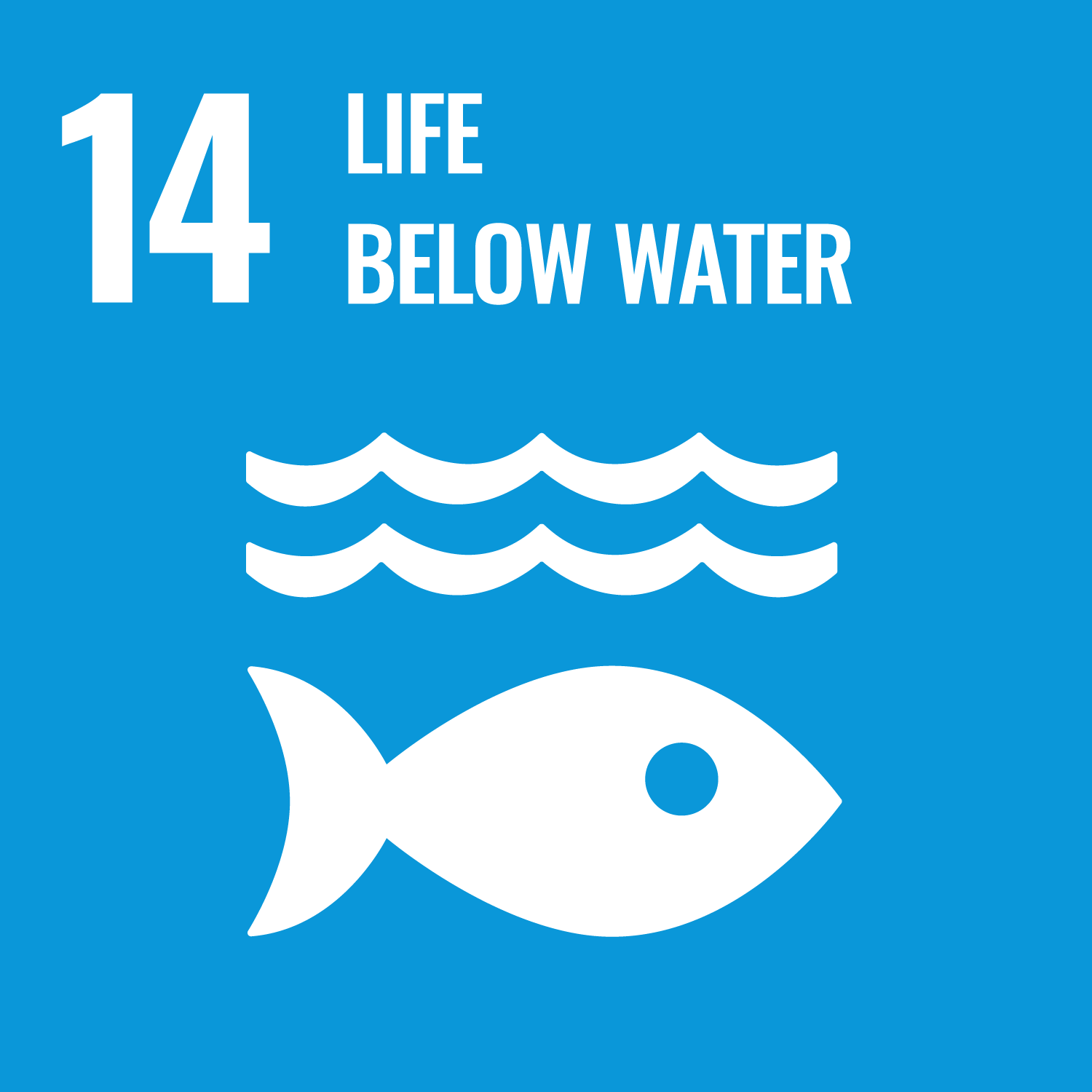What Is the TIAMAT Sodium-Ion Battery Project?
TIAMAT SODIUM-ION BATTERY represents a breakthrough in energy storage technology with its high power and fast charge capabilities. Today’s industry consensus emphasizes that by 2030, global battery production needs are expected to reach around 4700GWh – more than seven times the installed global capacity in 2022. This project focuses on addressing the inherent limitations of traditional lithium-ion batteries, where materials like lithium and nickel, although present on Earth, present extraction and refining challenges. TIAMAT alters this narrative by using sodium, which dramatically reduces supply chain stress and geostrategic risks. With nearly 10 years of academic research involving CNRS and university research units within the RS2E, the project is a fine example of innovative collaboration, sparking conversations in energy technology circles… and setting new standards.
Main Benefits of TIAMAT Technology
The key benefits of TIAMAT’s approach are not only about reaching new thresholds in power and speed but also about enhancing safety and longevity. The technology is driven by a focus on extreme safety and purposeful high power density. Consider the following:
- High Power Density: Ideal for applications where rapid energy delivery is essential.
- Long Lifetime: Designed to provide durability that supports extended use in various mobility sectors.
- Extreme Safety: A focus that ensures reliability under demanding conditions, making it perfect for hybrid and fuel cell applications.
- Fast Charge: Competitive fast-charging capabilities that bring everyday convenience with an innovative twist…
Scientific Research and Innovation
Emerging from nearly a decade of high-level academic research, TIAMAT exemplifies the successful transition from theoretical development to practical application. The research led by renowned institutions such as CNRS and several university research units working within the RS2E has culminated into a sodium-ion cell technology that challenges the status quo. The mounting consensus that lithium-ion materials might not scale efficiently to meet future demand sets the perfect stage for sodium-ion systems. The underlying science, backed by robust academic research, has paved the way for this sustainable alternative and promises significant progress in battery performance and safety.
Gigafactory Vision and Strategic Location
TIAMAT’s ambitious plan includes building a gigafactory to produce sodium-ion batteries. The facility will be located 10km southeast of Amiens, in the ZAC Jules Verne 2 industrial estate, close to the commune of Boves. This strategic positioning not only allows streamlined logistics and effective supply chain management but also signals a strong commitment to energizing local economies. The planned gigafactory is designed to eventually produce 5GWh of first-generation sodium-ion cells, marking a significant step forward in manufacturing capabilities and economic development for the region… a vision that combines innovation with practicality.
Specialized Markets for Diverse Applications
The TIAMAT battery technology is particularly well-suited for niche applications where conventional battery systems fall short. In mobility, TIAMAT offers excellent power batteries for internal combustion engine hybrid vehicles and fuel cell applications, ensuring safety and performance under high-demand conditions. For instance, fast charge systems are key for hydrogen buses and various hybrid vehicles, while other sectors such as aircraft auxiliary power systems (APS) and railway storage systems can benefit vastly from this robust battery approach. Additionally, in stationary energy endeavors, TIAMAT provides specialized solutions for Uninterruptible Power Supply (UPS) systems and Static Transfer Switch (STS) applications for smart grids, data centers, and fast chargers.
Diverse Sector Opportunities and Market Implications
Beyond mobility and energy storage, the versatility of TIAMAT’s technology extends into other market segments such as power tools and telecom systems, where reliable, high-performing batteries are crucial. With applications as a buffer system for fast chargers and UPS systems supporting data centers, the project reaffirms its potential to revolutionize energy storage practices. This dynamic and adaptable battery solution is set to redefine operational standards across different industries, offering users stability, simplicity, and a technologically advanced alternative to traditional options.
The Project Impact on Sustainable Development Goals (SDGs)
- SDG 7 – Affordable and Clean Energy: By providing efficient energy storage solutions, the project contributes significantly to electrical grid stability and renewable energy integration.
- SDG 9 – Industry, Innovation, and Infrastructure: The construction of a gigafactory and the advancement of new battery technology strongly support sustainable industrialization.
- SDG 11 – Sustainable Cities and Communities: The technology will enhance mobility and energy solutions for urban areas, leading to safer and more resilient infrastructures.
- SDG 13 – Climate Action: With safe, fast charging and low environmental impact, TIAMAT’s approach assists in reducing carbon emissions and promoting better climate practices.
Future Outlook and Industry Impact
Looking forward, TIAMAT’s sodium-ion battery project sets an inspiring benchmark for the future of energy storage. As global production demands surge and the search for sustainable alternatives intensifies, this innovative technology is poised to meet a critical need. With its strong foundation in academic research and a strategic manufacturing blueprint, the project is destined to have a transformative impact on both mobility and stationary energy storage sectors.
By leveraging decades of research and sound technological expertise, TIAMAT offers a stabilized, simple, safe, fast, and high-performing energy solution that many industry experts are already praising. The project’s safe, fast charge characteristics make it an optimal choice for hybrid vehicles and fuel cell applications, while its high power density and longevity correlate directly with enhanced reliability for mission-critical uses. This multifaceted approach not only opens new market opportunities but also contributes significantly to industrial innovation and sustainable development… signaling a bright, resilient future in the realm of energy storage.

